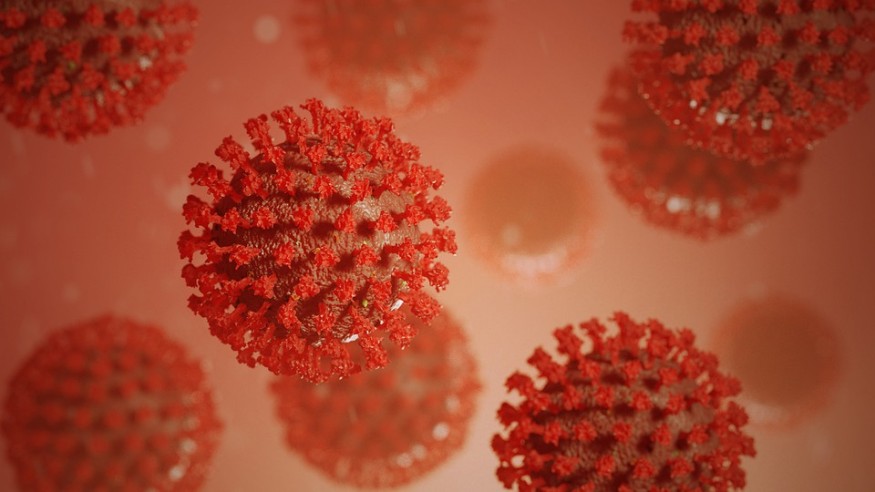
The World Health Organization (WHO) listed several common symptoms of COVID-19. However, as the virus creeps to various countries slowly, health workers relate different telltale signs among their patients.
It is crucial to know the symptoms to take necessary actions for it. Here is what one needs to know about it COVID-19 symptoms:
Fever
Fever is a condition where the temperature of the body is higher than the normal. The normal temperature varies per person, but a fever is usually at 37.7 degrees Celsius or 100 degrees Fahrenheit. One gets it because the body is working naturally to get rid of bacteria and viruses. These viruses and bacteria fare well in normal body temperature. But in cases of fever, it is harder for them to survive. Fever is the body's mechanism to activate its immune system.
Cough
The dry cough that Dr. William Schaffner, a professor of preventative medicine and infectious disease at Vanderbilt University School of Medicine in Nashville described is bothersome. It would seem like it's coming from your breastbone or sternum, a sign that bronchial tubes are inflamed or irritated.
Difficulty breathing
Shortness of breath is a severe indicator of COVID-19. It can happen on its own, even without a cough. The chest becomes tight, or one begins to feel the inability to breathe deeply enough to get a good breath. Other symptoms related to the difficulty or shortness of breath include persistent pain or pressure in the chest, bluish lips or face, sudden mental confusion, and lethargy or the inability to rouse -an indication of lack of oxygen. CDC recommends getting medical help should these symptoms arise.
Flu-like symptoms
Many other issues resemble that of flu: headaches, body aches, digestive problems, and fatigue. Other symptoms can be like that of cold or allergies: runny nose, sore throat, and sneezing.
Experts, however, emphasize that you might have COVID-19 if symptoms listed above, especially the shortness of breath, do not show signs of improvement or worsens after a week.
Loss of sense of smell and taste
Lack of sense of smell (anosmia), or lack of taste (dysgeusia) should be included in the list of symptoms for COVID-19, the American Academy of Otolaryngology-Head and Neck Surgery said. The said symptom should "warrant serious consideration for self-isolation and testing of these individuals", the statement declared.
Red Eyes
A veteran registered nurse said that it was the red eyes among patients that became the most critical sign that she and other staff at the Life Care Center in Kirkland, Washington mark as a telltale sign of COVID-19. The facility was the source of a major outbreak of COVID-19 in the U.S. since February. This situation led the American Academy of Ophthalmology to alert to their eye doctor members that the novel coronavirus can cause mild follicular conjunctivitis. They were warned to take necessary precautions when handling potential COVID-19 patients.
What to do if I got the symptoms?
If you have symptoms that are similar to cold and flu and ranges from mild to moderate, American Medical Association president Dr. Patrice Harris suggests you stay home, rest, hydrate, and use Tylenol. If experiencing shortness of breath or difficulty breathing, however, call your health care provider, local urgent care, or the emergency department immediately, Harris added.
© 2025 NatureWorldNews.com All rights reserved. Do not reproduce without permission.





